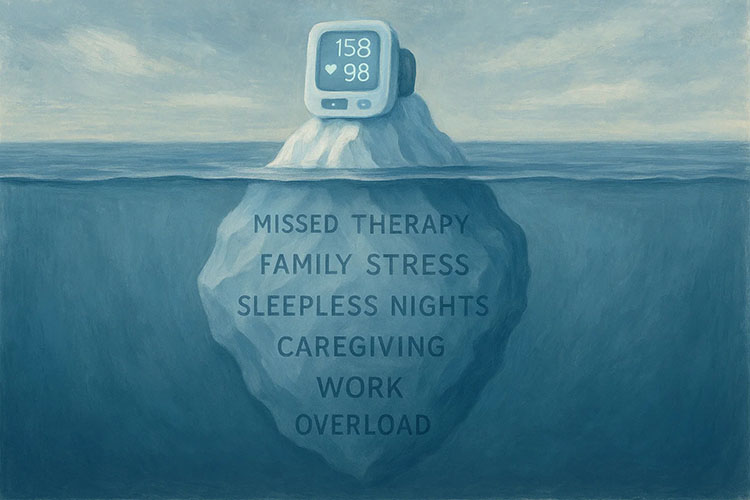
In the rapidly evolving landscape of healthcare, physicians often find themselves facing numerous challenges that can make maintaining their independence a formidable task. However, thanks to advancements in technology, there's a powerful tool at their disposal: Remote Patient Monitoring (RPM). This innovative approach to healthcare not only improves patient outcomes but also empowers physicians to remain independent in their practice.
The Essence of Independence in Healthcare
Independence in healthcare is crucial for physicians who want to maintain control over their practice, make informed decisions, and provide personalized care. Many physicians aspire to avoid the constraints of large healthcare systems and bureaucracy, striving to create unique, patient-centered experiences. Here's how RPM helps them achieve that goal:
-
Enhanced Efficiency
RPM enables physicians to remotely monitor patients' vital signs, chronic conditions, and overall health in real-time. This constant stream of data allows doctors to identify potential issues early, make timely interventions, and reduce unnecessary hospital admissions. By doing so, physicians can optimize their time and resources, allowing them to see more patients and allocate their attention more effectively.
-
Better Patient Engagement
One of the cornerstones of independent healthcare is building strong patient relationships. RPM facilitates this by involving patients in their own care. Patients become active participants, regularly recording their health metrics and adhering to care plans provided by their physicians. This not only leads to better health outcomes but also fosters trust and loyalty between patients and their healthcare providers.
-
Data-Driven Decision-Making
RPM generates a wealth of data, which physicians can use to tailor treatment plans precisely. This data-driven approach to healthcare ensures that patients receive the most suitable care based on their unique needs and conditions. Physicians can make informed decisions, adjusting treatment regimens as necessary, and demonstrating their commitment to providing personalized care.
-
Expanding the Reach
Geographic limitations can hinder an independent physician's ability to reach a broader patient base. RPM breaks down these barriers by allowing physicians to monitor patients from virtually anywhere. This means they can serve patients in rural areas, even when they can't physically be present. By expanding their reach, physicians can grow their practice and maintain their independence.
-
Increased Revenue
Independent physicians often face financial pressures. RPM offers an opportunity to generate additional revenue. Many healthcare systems and payers recognize the benefits of remote monitoring and are willing to reimburse physicians for these services. This extra income can help independent practitioners thrive while continuing to provide high-quality care.





